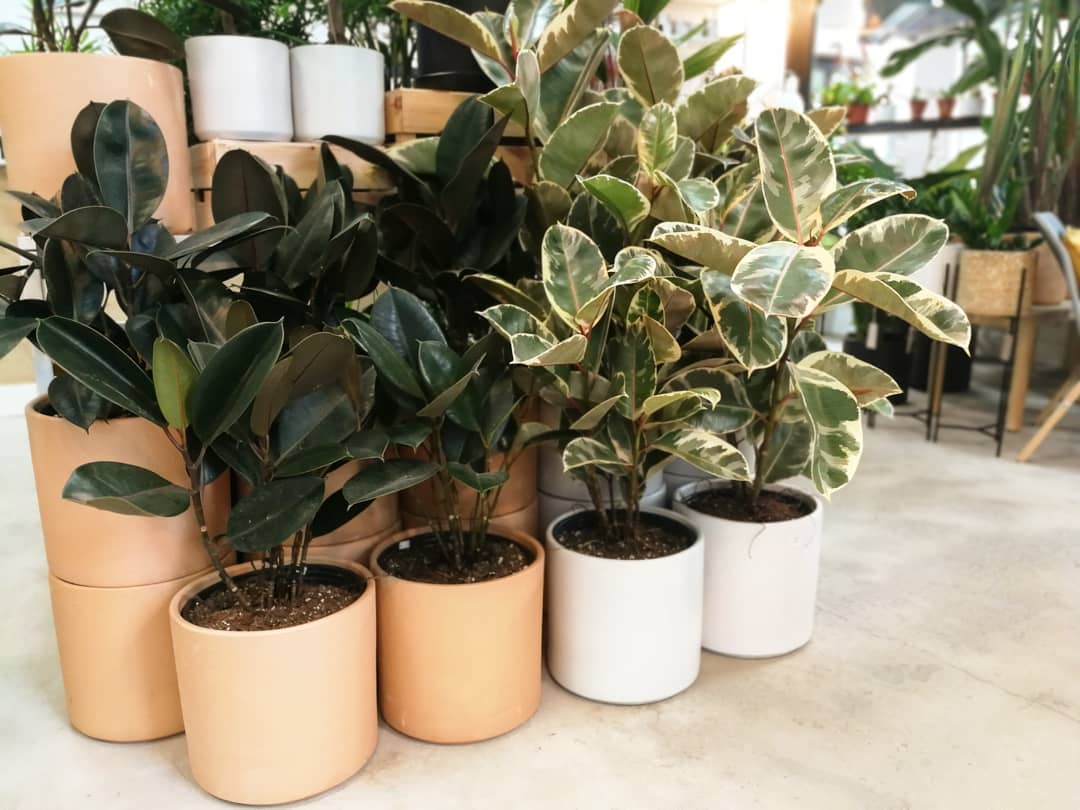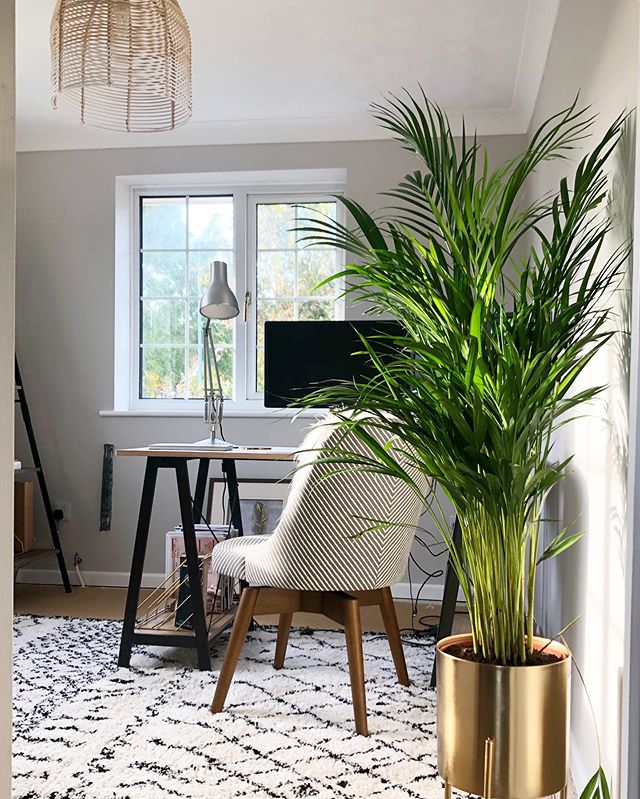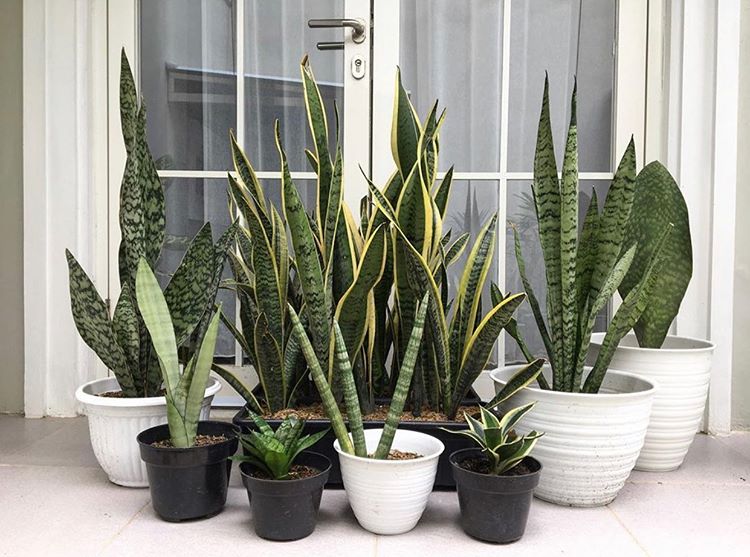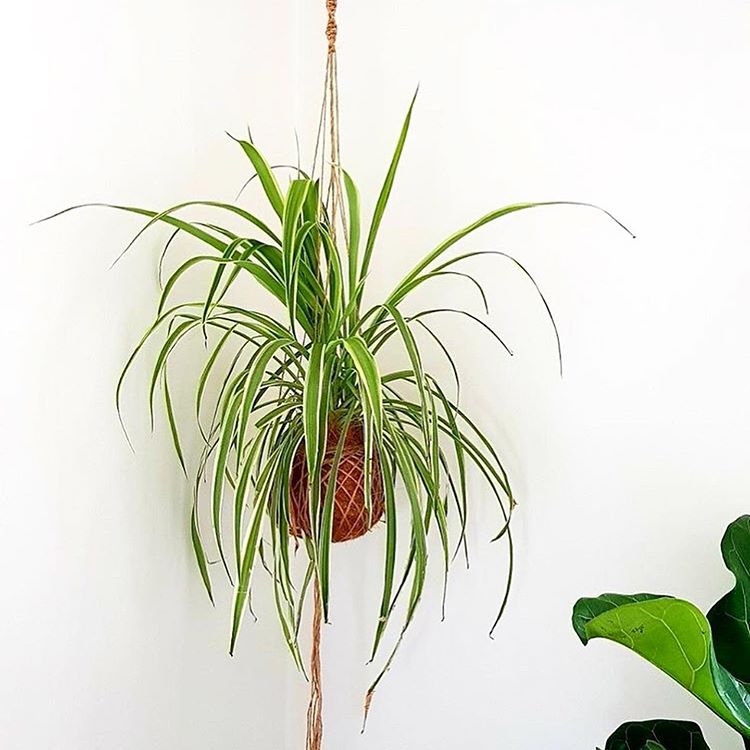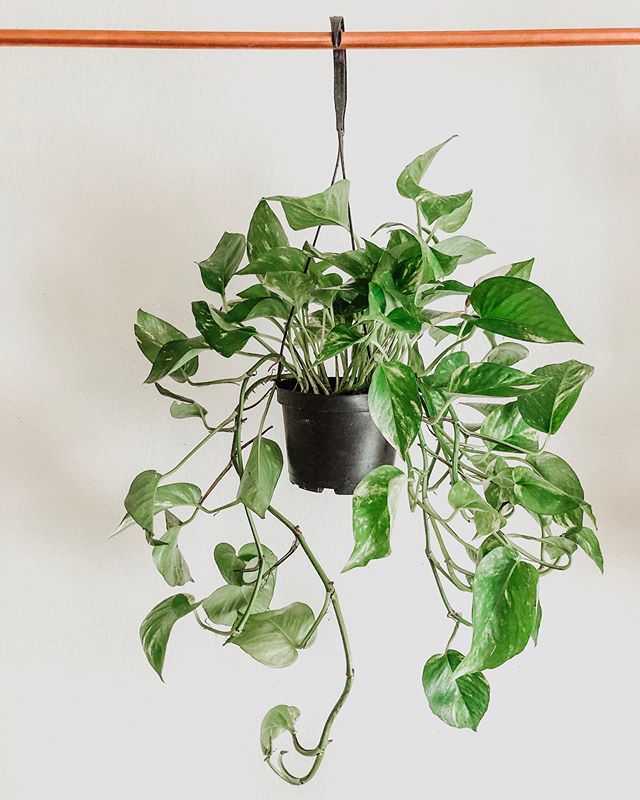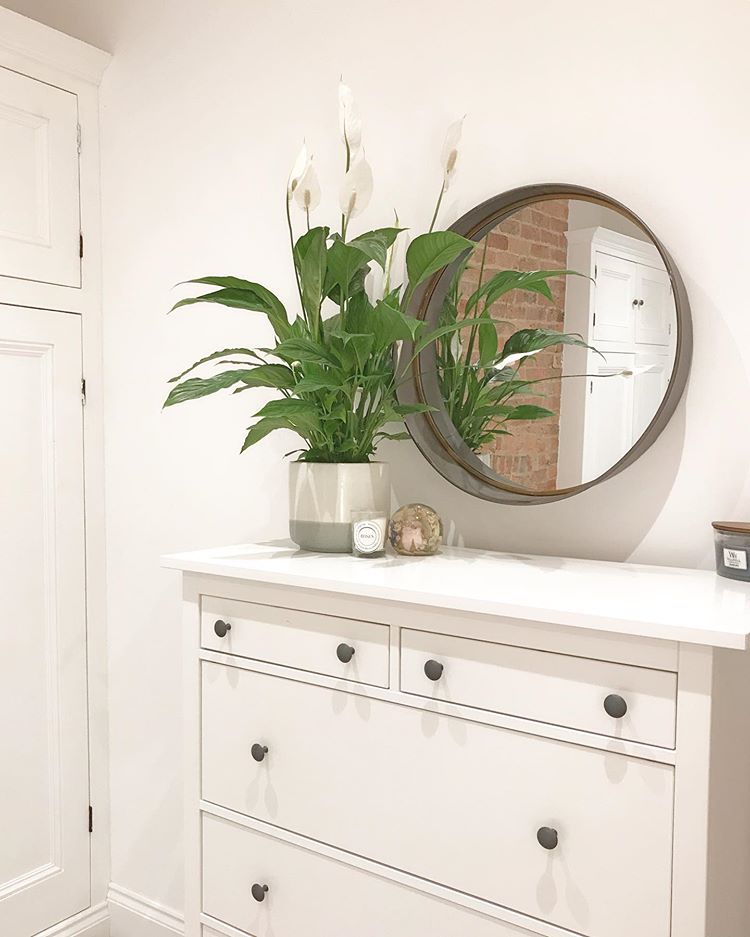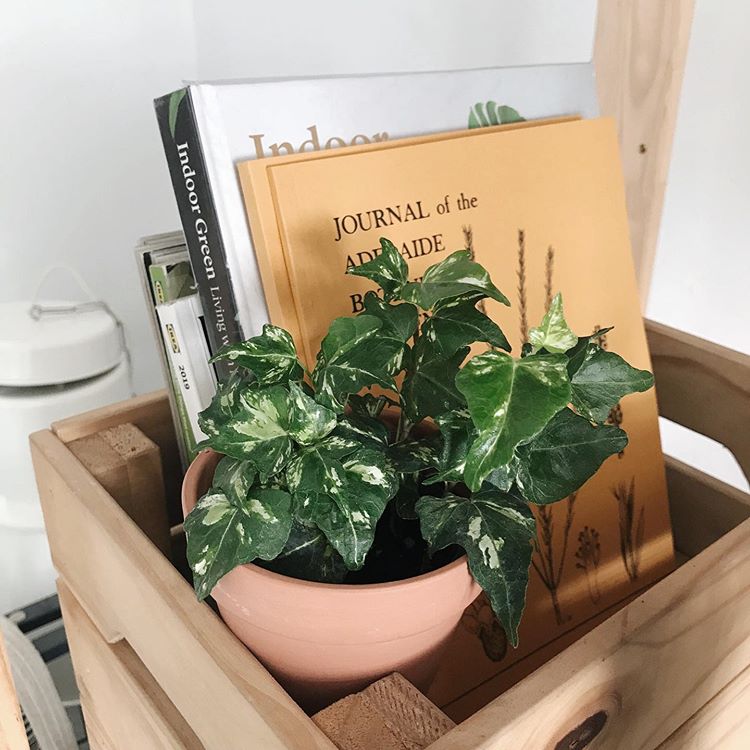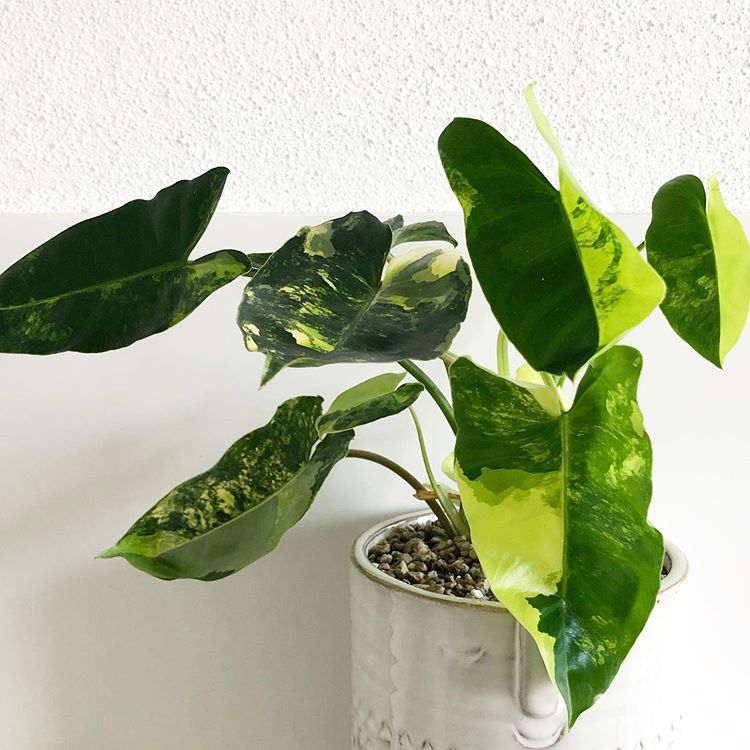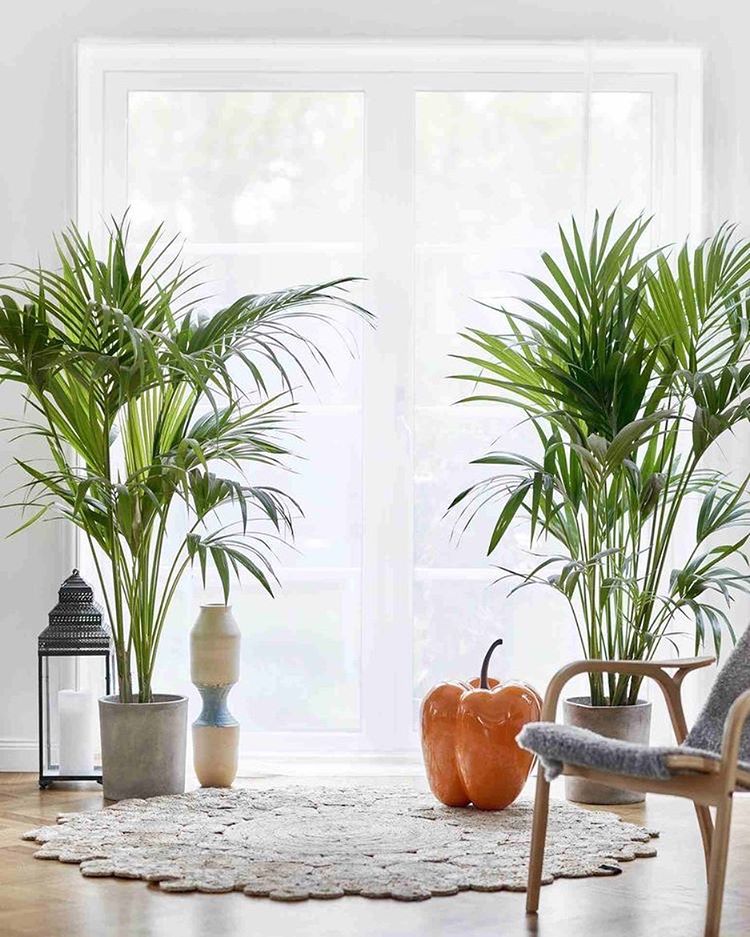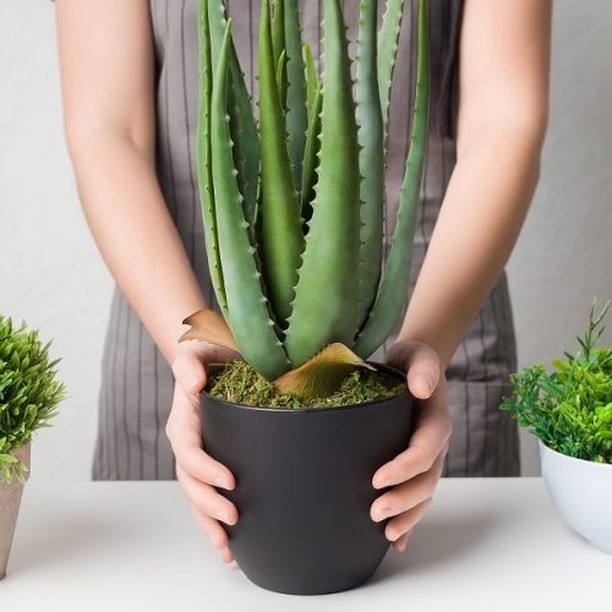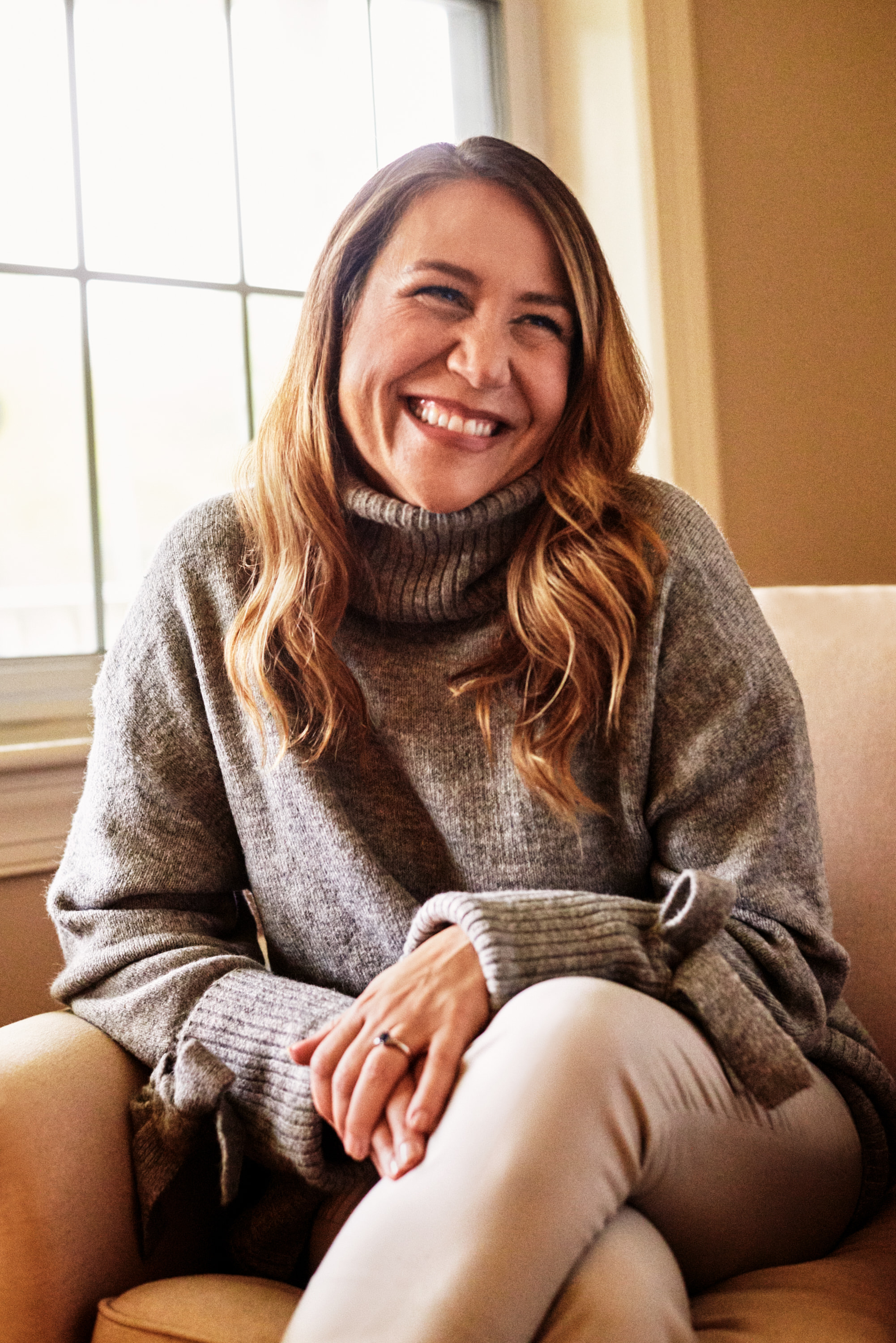Amidst the global coronavirus (COVID-19) pandemic, a lot of us who are fortunate enough to be able to work remotely are under quarantine. We can’t stress enough how important it is for everyone to self-quarantine whether you are exhibiting symptoms or not. The World Health Organization (WHO) and the Center for Disease Control (CDC), as well as governments all over the world, are advising curfews, lockdowns and at the very least, self-quarantines. These efforts will reduce exposure significantly and is currently the best method to prevent the spread of COVID-19.
Whether you enjoy working from home or absolutely hate it, it’s a reality a lot of us are facing now. At this time, we stress the importance of balance and mindfulness. This means doing what is necessary to take care of loved ones–children, elder family members, and those with immunodeficiencies–as well as yourself. It also means keeping your sanity by cracking a window or taking a walk outside (alone), or video chatting with friends to keep your sanity. Furthermore, it means setting yourself up for optimal productivity so that your performance doesn’t suffer after working from home for an extended period of time. Sound like the type of thing you need right now? Keep reading.
Spring Cleaning
What better catalyst to clean than a widespread virus? Sorry, but there’s a little truth to this. Whether you were not well-versed in the advised methods of handwashing or if you were a germaphobe since the womb, cleaning the entire house should be the first and foremost task on your to-do list. Clean home, less to worry about.
A little known truth is that cleaning and disinfection products require a “dwell time”. This means that the surface being cleaned should be well saturated and you should allow time for the product to work on the surface. Not necessarily wiping off the excess or using the surface right away. Read the manufacturer’s label before cleaning to ensure you’re following the proper method for maximum efficacy.
If your home hasn’t undergone a great dusting in a while, now’s the time. Do a full sweep of the home and invest in an air purifier. Air purifiers filter dust, pollen, and smoke from the air and improve air quality.
Productivity
Working remotely has its perks like being able to work from the comfort of your bed, or getting to cuddle with your pup all day. On the other hand, some things become distractions and can impede your performance for work. Here are some helpful tips on how to stay productive when working from home.
Get organized
If you don’t typically work from home, this is imperative. At the office, you may have your usual routine set up and a way of doing things. Things might need to change or adjust for working remotely at home. Make sure you have all the essentials to keep you focused like a designated work area–be that a desk and a chair, or your kitchen bar. Do you usually have a whiteboard you work from at work? Get one for the home, or transition to a notebook instead.
Another piece is putting a checklist of what you need to get done, or using your calendar more frequently to make sure you’re on top of your tasks. Leverage tools like Google Calendar, Evernote, and even a good old notebook or notepad to keep everything organized.
Minimize distractions
Distractions can come from anywhere. Avoid turning your TV on while working (as tempting as it may be). If you’re not accustomed to listening to podcasts or music at work normally, don’t change that when you start working from home. If you normally have silence at work, invest in some good quality noise-canceling headphones to keep yourself focused. It’s always a good idea to clean up your workspace too. Clutter can cause distractions and cloud your mind. For some people, it induces stress–and nope, we don’t want that at all. Take some time to reorganize your space. Move to a different area of the home with the least distractions. Adjust as you go to make your work from home a better place to work.
Check your posture
Fatigue is often distracting and can link to poor posture when working. Hence, why no one recommends working from your bed. Ever get neck cramps throughout the day or back pain that you can’t stop obsessing over? Yeah, not great for productivity! If possible, try to make your at-home workspace more ergonomic. That is, make sure that when you’re sitting, your feet are planted fully on the ground at a 90 degree angle. Sit up, keeping your spine and neck aligned. Your arms should be at a 90 degree angle when typing and your eyes should be looking straight ahead at your monitor. Additionally, be sure to take frequent breaks (especially if your current desk situation is sub-optimal). And we don’t mean to take breaks to go on Instagram. Take breaks to do some stretches to mitigate any chronic pain that can stem from a long workday with bad posture.
Wellness
Your personal wellness is just as important as your professional output. As we’re adapting to at-home confinement, things can get a little lonely and hectic. That’s why we’re huge proponents of health and wellness–especially during this time. Remember to take care of your bodies even though gyms are closed. Drink lots of water, and do more things that make you happy (at home).
Eat well
One of the most important things you can do for your body right now is to eat well. We hope you’re not hoarding food because that will take away from someone who might need it more than you do, but it does mean being selective with what you put in your body. Adopting dietary habits that are geared toward nutrition will help boost your immune system and overall health. Need a reference point? Check out the Planetary Health Diet, an eating plan developed by a prestigious collective of scientists, nutritionists, and environmentalists as the optimal diet for both human and planetary health. If there are concerns to fill nutritional gaps, supplements are a great option to explore.
Stay hydrated
Your body needs water, whether or not “feel” thirsty. Drinking an adequate amount of water will help your overall wellness and support your immune system. This is especially important in today’s world. Water flushes out toxins and other bacteria from your body that can cause illnesses. It also helps oxygen flow throughout your body.
Whatever you’re drinking from, it’s especially important to clean it frequently–preferably at each refill. Why? Because bacteria can grow faster than you think in moist places. Yes, we’re talking about your mug, your tumbler, your water bottle, and yes your favorite baby Yoda glass. Check out this guide on how to clean your reusable water bottle to be sure you’re cleaning properly. If you’re not into all that cleaning or just want peace of mind that your drinking vessel is bacteria-free, we make these really cool self-cleaning bottles using PureVis™ technology. PureVis™ uses a non-toxic UV-C LED, which purifies water and sanitizes surfaces by eliminating bacteria and viruses.
Meditate
In this stressful period, meditation can be helpful to help you maintain your sanity. There are so many things going on on top of this global pandemic–events and weddings being canceled, resource crisis, and bleak thoughts about what the future holds. Here’s a reminder that we can stay positive and be proactive about what we do now to ensure the best possible outcome. That includes keeping a good attitude, practicing mindfulness, being compassionate to others, and taking care of your own mental health through practices such as meditation or yoga.
Exercise
In some areas, fitness clubs and gyms are closed as a result of recent developments regarding COVID-19. Even if you weren’t going to the gym really before, it’s important that you work this into your schedule more than ever. Since we’re not physically going anywhere, taking to the outdoors is a great way to work some much-needed vitamin D and exercise into your routine. Exercising releases endorphins that lower cortisol (stress hormone) levels.
No matter where you are in the world, be compassionate to others and remember to wash your hands. We hope these tips help you work from home better and stay healthy while you’re at it!
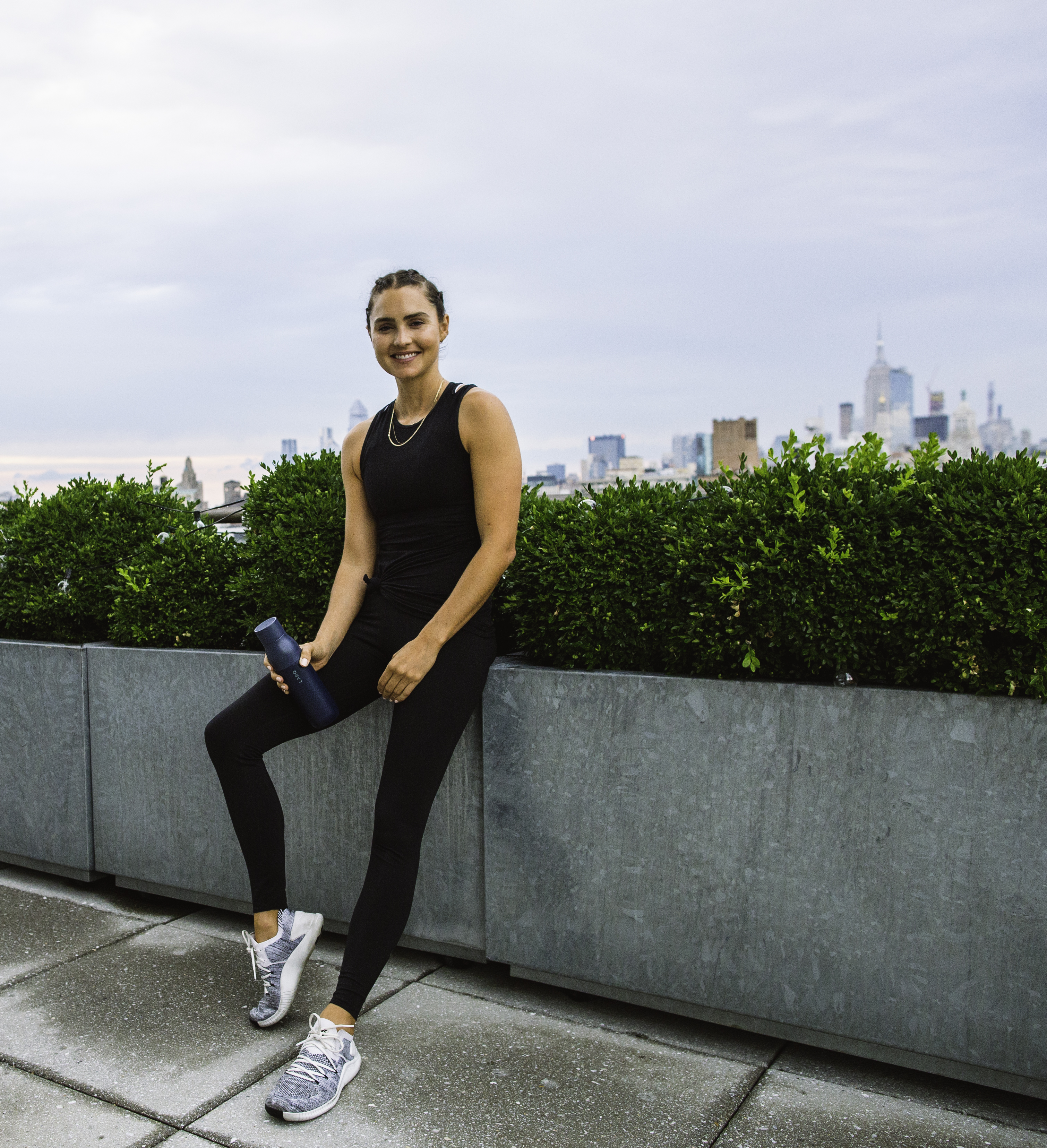

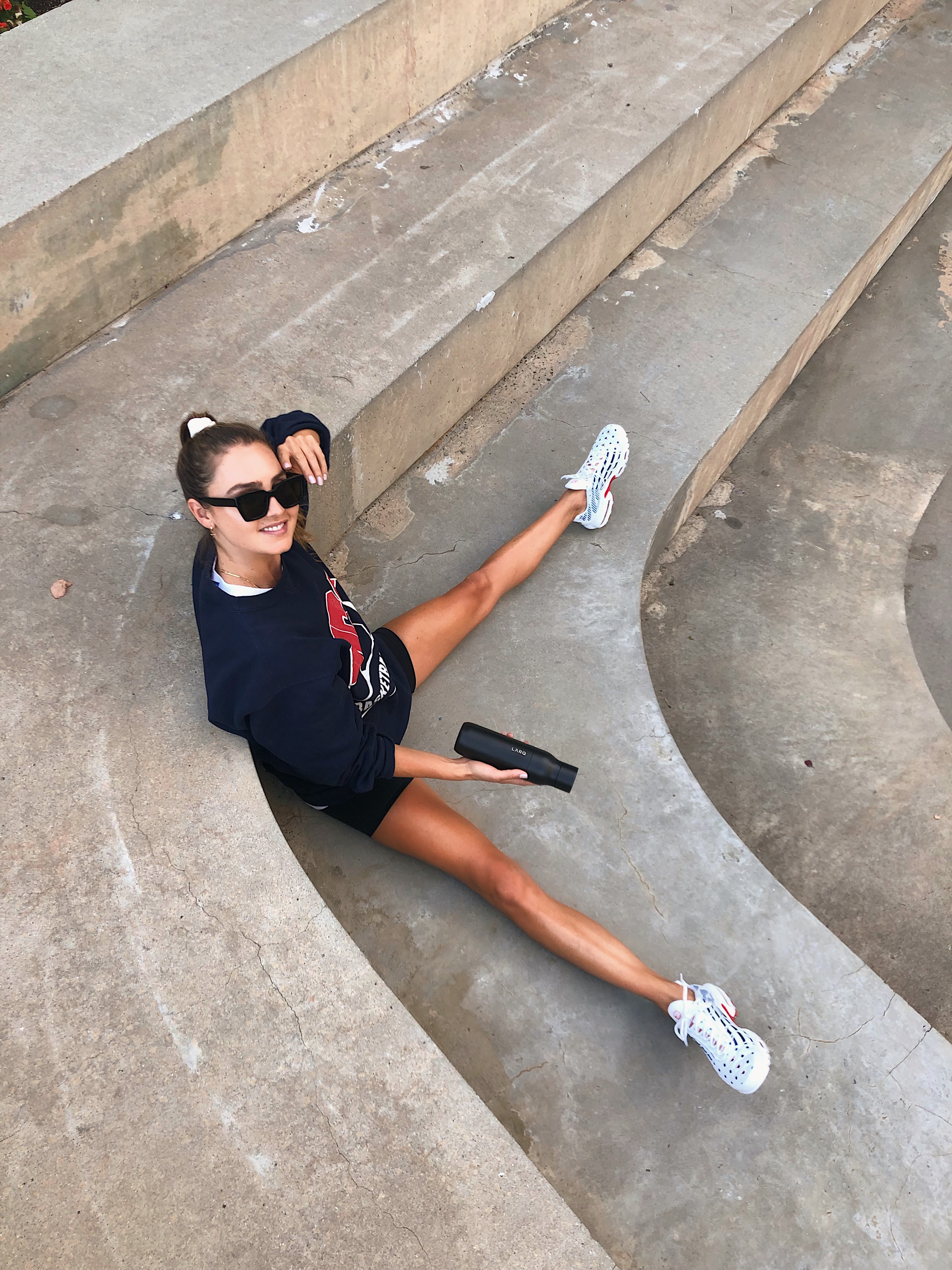 Photo via @kirstygodso
Photo via @kirstygodso